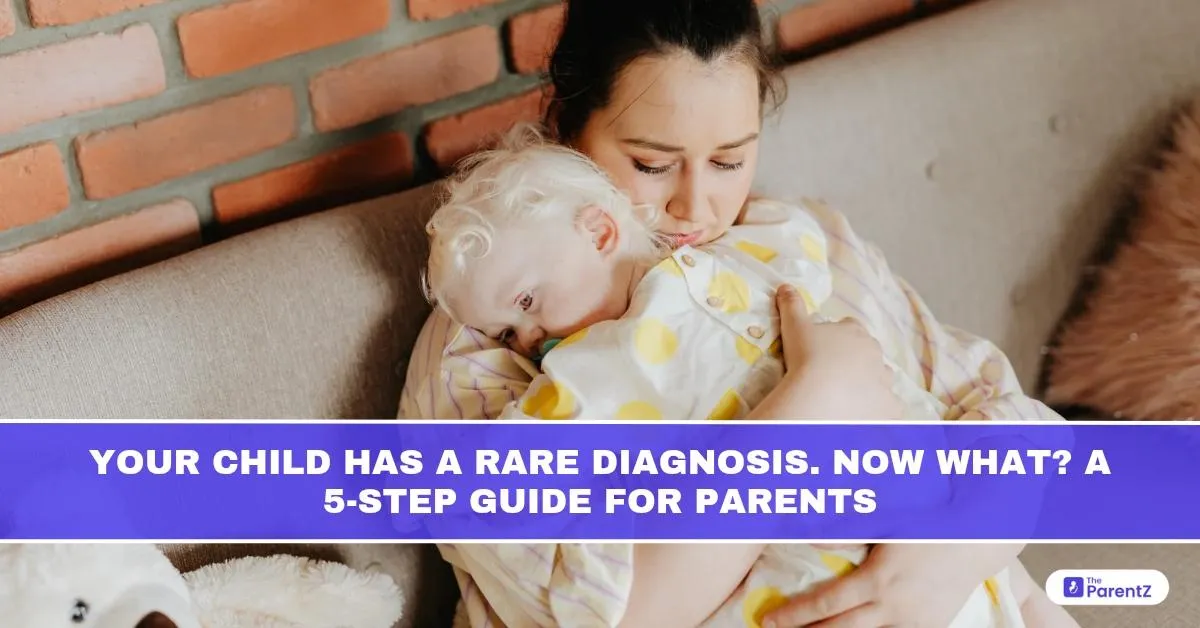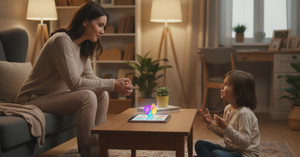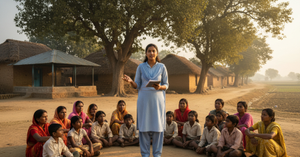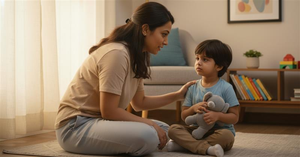Few moments in parenting compare to the shock of hearing, “Your child has a rare condition.” It’s a sentence that can turn your world upside down in seconds. You may feel grief, fear, confusion and a crushing sense of isolation. Rare pediatric diseases are, by definition, unfamiliar. That makes the road ahead uncertain, but it does not mean it’s impassable.
Step 1: Give Yourself Permission to Process
A rare disease diagnosis can feel like a sudden loss, not of your child, but of the future you envisioned. Many parents experience a mix of:
- Shock or disbelief
- Guilt (“Did I do something wrong?”)
- Grief
- Anxiety about long-term care
This emotional storm is completely normal. Studies in Pediatrics and Orphanet Journal of Rare Diseases have shown that parents of children with rare conditions often report higher levels of stress, depression, and uncertainty than those facing more common pediatric illnesses.
What helps:
- Let yourself cry, talk, or just sit in silence whatever feels right
- Avoid rushing into action mode before you’ve had a moment to breathe
- Share your feelings with someone you trust: a partner, friend, therapist, or support group
Your emotional resilience matters. Taking care of your mental health isn’t indulgent, it’s foundational to your child’s care.
Step 2: Understand the Diagnosis (and Its Uncertainties)
Rare diseases are defined as those affecting fewer than 1 in 2,000 people. Over 70% of rare diseases begin in childhood and many are genetic, metabolic, or neurologic in nature.
Start by gathering key information:
- Name and spelling of the condition
- Genetic basis (if known): Is it inherited?
- Systemic involvement: Does it affect the brain, heart, immune system, etc.?
- Progression: Is it stable, progressive, or episodic?
- Available treatments or supportive therapies
- Known specialists or research centers
Use reputable sources:
- PubMed, Orphanet, and NIH Genetic and Rare Diseases (GARD) database
- Your pediatrician or referring specialist
- Condition-specific medical associations or genetic counselors
Avoid falling into “Google rabbit holes.” Online forums and blogs can be emotionally overwhelming or misleading if not medically moderated.
Ask your doctor:
- Is this condition curable, manageable, or degenerative?
- What can we expect in the next 6–12 months?
- Who are the best specialists to manage this?
- Should we get a second opinion?
Remember: In rare disease care, uncertainty is often part of the package. But clarity improves as more data is collected and medical knowledge is growing every day.
Step 3: Build Your Medical Team
Your child’s care may now involve multiple professionals, including:
- Pediatric specialists (e.g., neurologists, geneticists, immunologists)
- Therapists (speech, occupational, physical)
- Primary pediatrician (for coordinated care)
- Dietitians, social workers, or mental health professionals
- Palliative or pain care experts (if needed)
What to do:
- Choose a primary care coordinator: Usually, your pediatrician or a clinical geneticist. This person helps navigate referrals and keeps everyone on the same page.
- Get a care binder or digital file: Organize lab reports, discharge summaries, imaging, prescriptions, and emergency contacts.
- Clarify what’s urgent and what’s not: Ask your care team about red flag symptoms and when to go to the ER.
If your diagnosis is ultra-rare, consider reaching out to national research centers or rare disease consortia in India or abroad (e.g., NIMHANS, AIIMS, NORD, EURORDIS, and NIH Undiagnosed Diseases Program).
Step 4: Access Support Systems Early
You are not alone, even if it feels like you are. While your child’s condition may be rare, your emotions and needs are not.
Start exploring:
- Condition-specific support groups or parent communities (e.g., on Facebook or WhatsApp)
- Government and NGO schemes for rare diseases (India has a National Policy for Rare Diseases since 2021)
- Early intervention programs, special education support, and disability certification (UDID) if applicable
- Genetic counseling for family planning or understanding recurrence risk
Ask your doctor or hospital social worker about:
- Subsidies for high-cost drugs or therapies
- Whether your child qualifies for compassionate use of experimental treatments
- Referral to palliative or supportive care, even if not end-of-life
These systems exist to help you shoulder the burden—not just medically, but emotionally and financially.
Step 5: Redefine Hope on Your Terms
Hope doesn’t have to mean a cure. It can mean better symptom control, a good school day, fewer hospital visits, or watching your child laugh.
Parents often move from “What will this disease take from us?” to “How can we create a life of joy despite it?” This mental shift takes time, but it’s powerful.
What helps:
- Focus on what your child can do, not just what they can’t
- Celebrate small milestones
- Build inclusive routines, play, and relationships
- Don’t be afraid to dream differently, many children with rare diseases go on to thrive in unique and beautiful ways
And if your child’s condition is life-limiting, know that palliative care does not mean “giving up”; it means choosing comfort, dignity, and meaningful moments.
Conclusion
A rare disease diagnosis is not the end of the story; it’s the start of a different, often more intentional one. You didn’t choose this path, but you can choose how you walk it: with information, support, and fierce love.
No one has all the answers, not even the doctors. But one thing is certain: you are not alone, and your child is more than their diagnosis.
References
- Orphanet Journal of Rare Diseases. The burden of rare diseases: A public health and economic challenge. 2019.
- NIH Genetic and Rare Diseases (GARD) Information Center.
- Molster C et al. Health-care experiences of parents of children with rare diseases. J Genet Couns. 2016.
- National Policy for Rare Diseases, Ministry of Health & Family Welfare, Government of India (2021).
- Hatzmann J et al. Caring for a child with a rare disease: A quantitative study on the social impact. Orphanet J Rare Dis. 2013.








Be the first one to comment on this story.